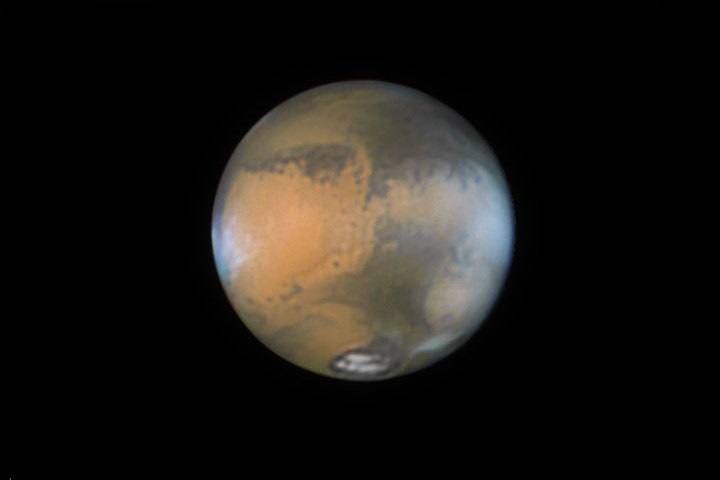The Canadian Space Agency is taking some initial small steps toward an eventual contribution to humanity’s giant leap back into deep space.

The CSA posted a call for tender this week on the government of Canada’s main procurement website, asking for the private sector’s help in drafting mission contribution studies for “Beyond LEO Exploration.”
Beyond LEO, in this case, means beyond “low Earth orbit,” the zone that the International Space Station (ISS) currently inhabits just above our planet. No human being has left this zone and ventured out into deeper space since 1972.
READ MORE: NASA releases incredible hi-def image of Earth as seen from the moon
The procurement website states that the CSA is looking for help dreaming up an “advanced crew medical system” that would function beyond low Earth orbit, a beyond-LEO navigation system, and deep-space exploration robotics that would be similar to the Canadarm2 robotic arm currently attached to the ISS.
“We’re asking for proposals, and companies and universities will respond,” predicted the CSA’s director of space exploration, Gilles Leclerc. “We’re asking them to define what scientific and technological developments will be required.”
The call for tender is part of the very early phases of what will undoubtedly be over a decade of painstaking research and development that will shape how Canada contributes to an international mission into the final frontier.
“It’s really timely that we do these mission contribution studies because our international partners are preparing the next major step in space exploration,” Leclerc said.
“Our priority is to get ready to embark on what’s going to come after ISS.”
That will undoubtedly include landing humans on Mars, the CSA director noted, as the red planet is still seen as “the key destination” for most space agencies around the world – including Canada’s. One of the biggest challenges has been figuring out how to keep astronauts alive and healthy during the six-month journey, something NASA is currently working on.
WATCH: NASA looking for the next generation of astronauts
There may also be a push to send people back to the moon, Leclerc noted. It could take well over 15 years for such ambitious missions to move from initial concept to execution, he said, but it’s in Canada’s best interests to be involved every step of the way.
“If Canada is to contribute to the next steps in space exploration, if we’re going to play a role beyond the ISS as we did for the shuttle programs … if we want to continue to fly Canadian astronauts, if we want to have Canadian scientists and students involved in these missions, we need to start investigating future contributions.”
Here on Earth, the CSA is still engaged in plenty of research and development of new technologies, and is currently in a “delivery” phase for many projects. The agency, which has suffered cutbacks to its funding in recent years, just delivered a laser mapping system to NASA last week which is specially designed to scan an asteroid that scientists believe has the potential to strike the Earth in about 200 years. Canadian experiments aboard the ISS are also ongoing, Leclerc said, and the Canadarm2 remains in operation.
“It’s going to be a very active year. In addition to preparing the future, we’re dealing with a very busy present.”
- Posters promoting ‘Steal From Loblaws Day’ are circulating. How did we get here?
- Video shows Ontario police sharing Trudeau’s location with protester, investigation launched
- Canadian food banks are on the brink: ‘This is not a sustainable situation’
- Solar eclipse eye damage: More than 160 cases reported in Ontario, Quebec




Comments